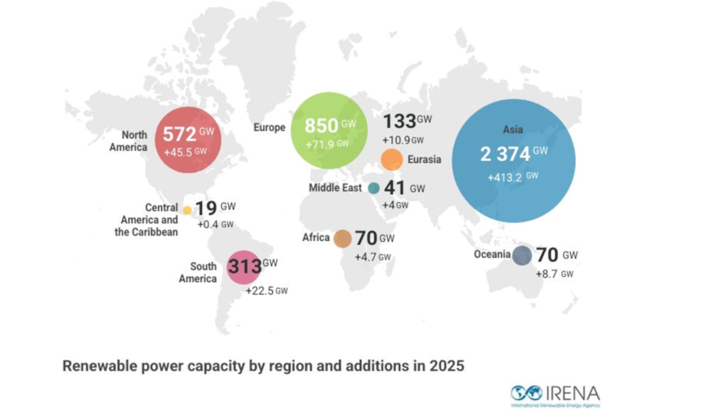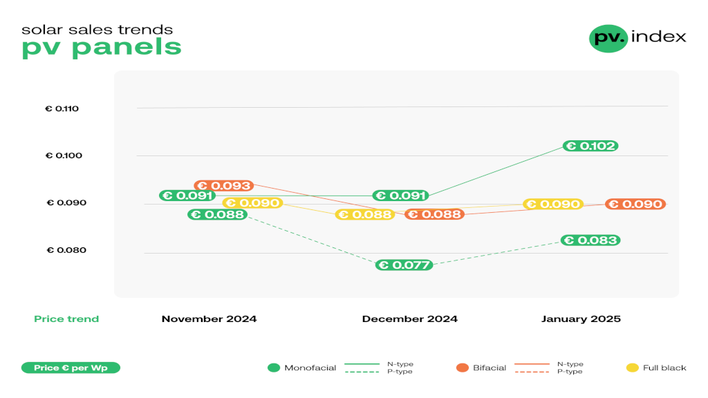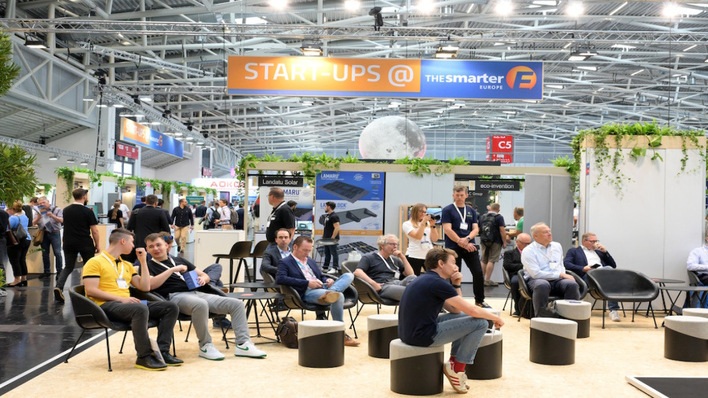The headline growth figures mask a deepening divide. Asia extended its dominance in 2024, accounting for 71% of all new renewable capacity. Europe and North America followed at 12.3% and 7.8% respectively. Meanwhile, Africa, Eurasia, Central America and the Caribbean together made up just 2.8% of additions. Despite Africa’s vast economic potential and urgent development needs, the continent increased its renewables capacity by only 7.2%.
Commenting on the data, IRENA Director-General Francesco La Camera said: “The renewable energy boom is transforming global energy markets, driving economies and creating vast investment opportunities. However, the growing regional divide highlights that not everyone is benefiting equally from this transition. Countries and regions attracting substantial investment in renewables are seeing stronger energy security, rising industrial activity and job creation, all of which support broader socioeconomic development.”
Targeted policies, international financing and partnerships needed
La Camera added: “Bridging the divide and closing the investment gap between countries and regions is critical. It requires targeted policies, international financing, and partnerships that unlock capital and technology where they are needed most. By aligning investment flows with policy frameworks, we can ensure that the green transition becomes a powerful engine for resilience and sustainable economic growth worldwide.”
Growing skills gap in a booming solar job market
“The global shift to renewables is increasingly inevitable, but its massive human and economic benefits are not yet being shared across all countries and regions,” said UN Climate Change Executive Secretary Simon Stiell. “To deliver on the global agreement at COP28 to triple renewables by 2030, we need to move much further and faster, and make more progress on the key enablers for vulnerable developing countries. The investments required will pay huge dividends – cutting emissions, driving economic growth, creatin jobs, and supporting affordable, secure energy for all.”
Record growth – but still more pace required
As the custodian Agency for tracking the global goal to triple installed renewable capacity by 2030, IRENA remains committed to reviewing progress and identifying gaps towards the target on an annual basis. Although the 582 GW of renewable capacity added in 2024 represented a record annual increase, it still falls short of the pace required to reach the global tripling target of 11.2 TW by 2030.
ELTIF (I): Expansion of renewables requires immense investments
If the same annual growth rate continues, the world will only reach 10.3 TW of renewables capacity, missing the target by 0.9 TW. Achieving the target by 2030 would require renewable capacity to expand even faster at 16.6% annually in less than the remaining five years.
Dominance of solar investments
The renewables capacity trend also underscores the dominance of solar and wind. Together, they accounted for 97.5% of all net additions in 2024, with solar alone growing by 453 GW. The figures confirm solar’s economic competitiveness, offering rapid, secure and sustainable energy while opening up major business opportunities.
IEA – solar PV draws more investment than any other energy tech
Wind energy is following behind with 114 GW of total renewables capacity addition. With renewables now catching up with fossil fuels in the share of installed capacity (46.2% renewables vs 47.3% fossil fuels), the case for renewables as a smart investment that creates jobs and drives sustainable growth has become stronger.
The report also highlights continued growth in renewable power generation, led by solar and wind. Renewable electricity output rose by 5.6% in 2023 compared to 2022, reaching 8 928 terawatt-hours. In contrast, non-renewable generation grew by just 1.2%. By 2023, renewables accounted for nearly 30% of global electricity output. (hcn)









